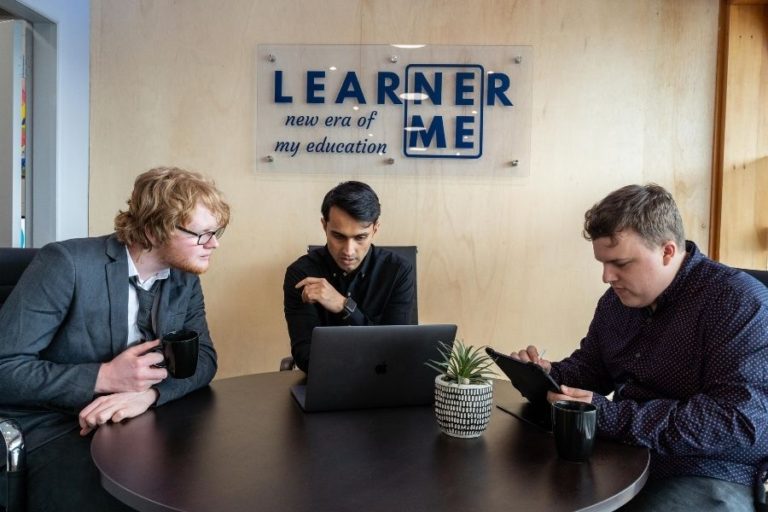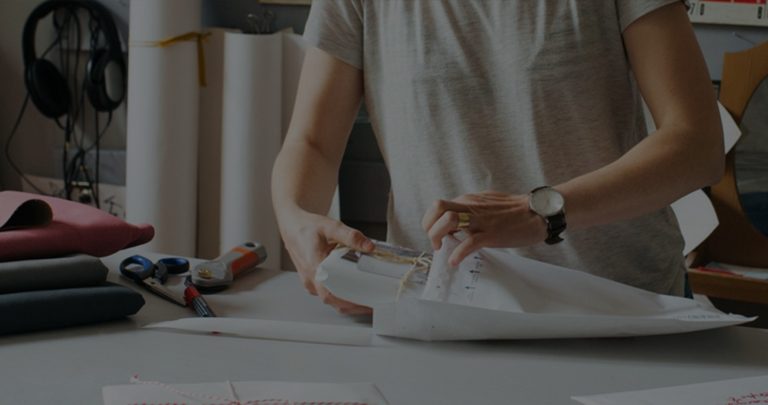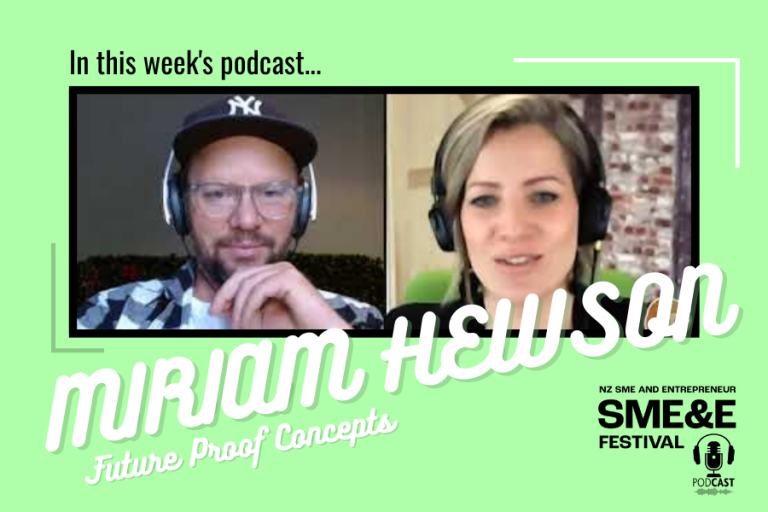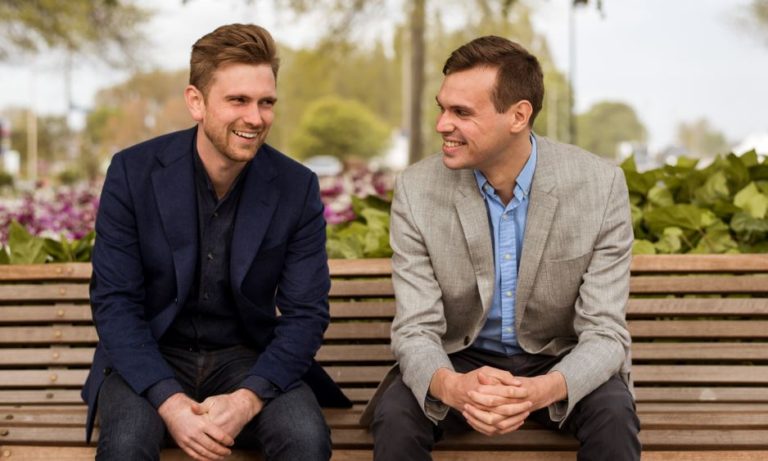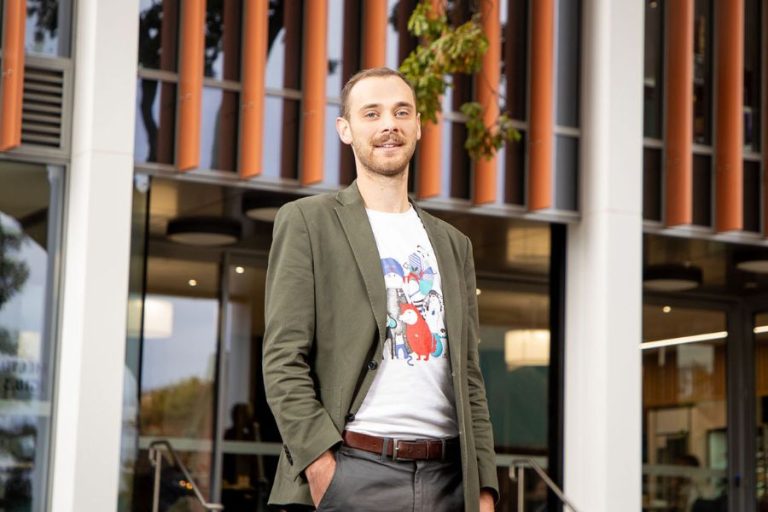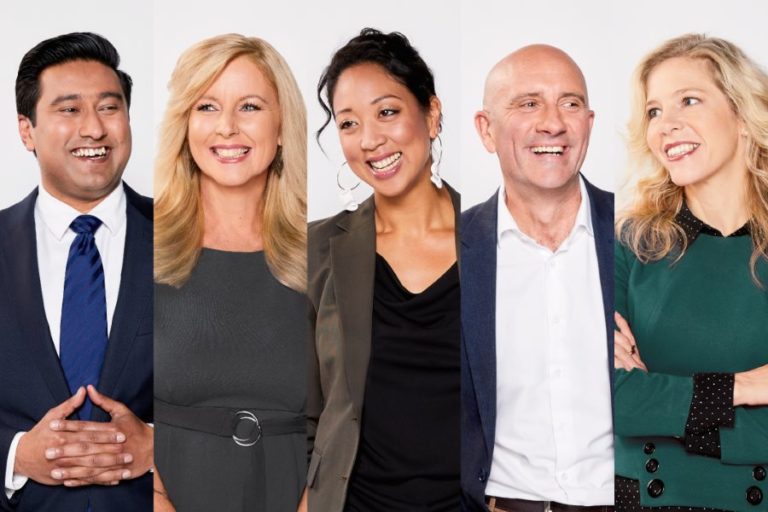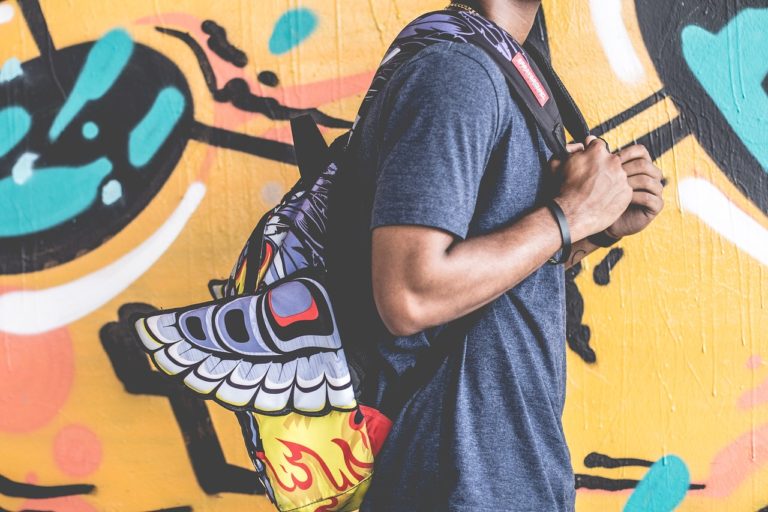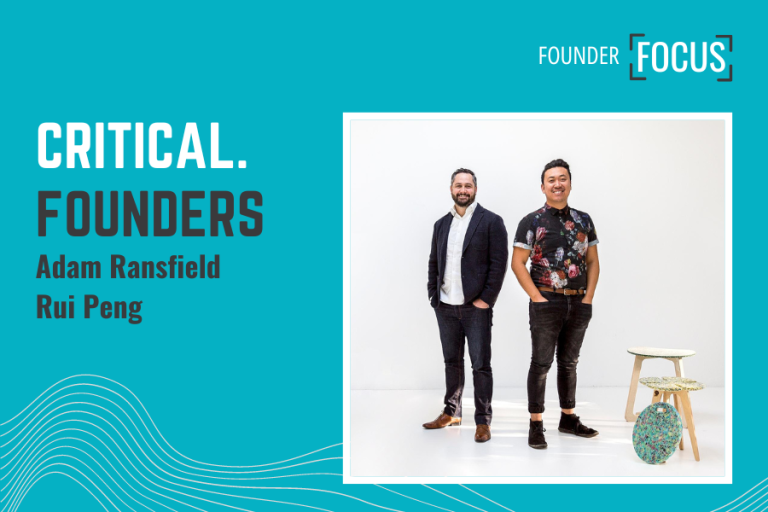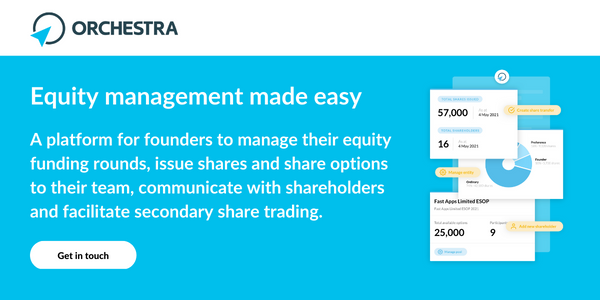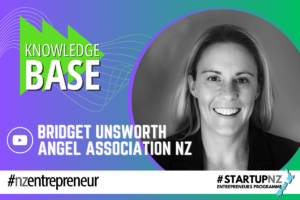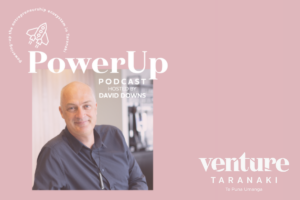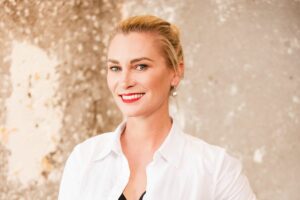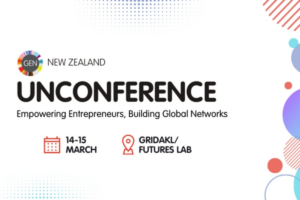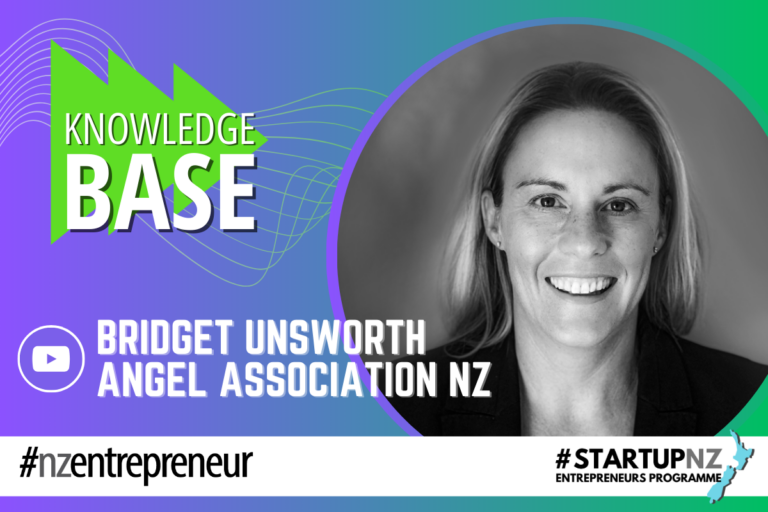Founders’ Chat: Alex McCall – How to conduct user testing
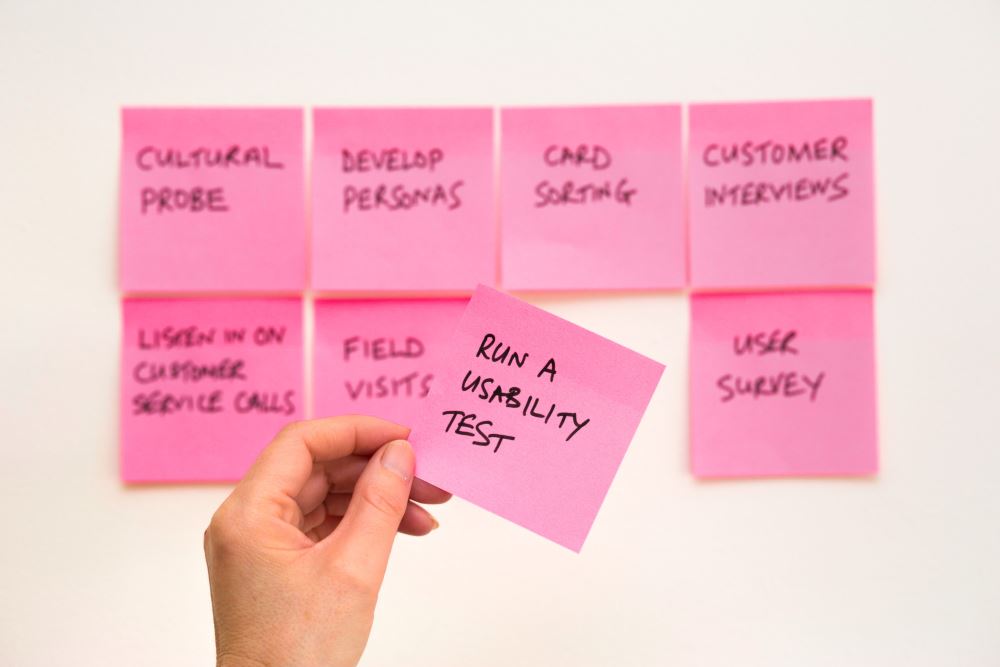
Founders’ Chat is a series where we share the entrepreneurial journey of founders from the GridAKL start-up hub.
User testing, also known as usability testing, is a process of identifying users’ biggest problems and uncovering a product’s issues by testing it with real users.
As a startup founder, your time and resources tend to be limited. User testing was developed to challenge the assumptions founders and designers have before they waste resources on developing a product with poor usability or not addressing their users’ most important problem. It helps mitigate this risk by validating assumptions, informing product design more confidently and uncovering actual user feedback before release.
For this month’s Founders’ Chat, we spoke to Alex McCall, one of our residents at GridAKL / John Lysaght and the co-founder of Choice and Squawk Squad about how to conduct user testing.
Tell us about Choice.
Kiwi businesses paid $750 million+ in electronic card transaction fees in 2018 alone. Every time we tap and go or pay wave these fees directly affect small businesses bottom line. Pay with Choice using your mobile phone at the counter instead of a credit or debit card. We will redistribute half of the transaction fee to a charity of your Choice. It’s simple, free, and it helps kiwis.
What was your main goal for your latest round of user testing?
The last 3 months have been really focused on finding our customers greatest pain points at the point of sale and the greatest issues merchants have with their systems. A lot of this work was focused on what impact makes people tick and what user behaviours exist out there. We looked at a range of assumptions we have about our product and tested a range of innovations we can use to achieve scale with our transaction system, and understanding the barriers to behaviour change from a user’s perspective.
For example, last week at GridAKL, we were deep diving on what we called “loyalty testing”. We wanted to understand how users perceive loyalty products and the things they interact within their wallet on a daily basis. We sought to understand more about their use of loyalty cards, debit cards, transport cards and everything else that exists in their wallets.
How did you decide which research methods to pick and why?
The core outcome of any user testing is validating and disproving assumptions you have about your users, business model or the problem you face. We then look to understand what users really do in real life to validate or disprove these assumptions and inform the development of our product.
We use a series of tools dependant on the tests. Informal 1:1 interviews work great and so do group situations for different tools. We pick and choose as we go. Design Kit has a great resource of tools you can use for your own user testing.
For the loyalty testing, we simply got a group of people together (free coffee works great!) and then got them to get their wallets out. We asked them a range of open-ended questions that weren’t leading (you don’t know what you don’t know) to dive deep on their greatest behaviours and pain points with the current pieces of plastic in their wallet. Throughout the interviews, we challenged them on the root of why, why, why, they take these actions or make these behaviours. There is a strong connection between user testing research and the design thinking process. I see many parallels and both are super complimentary. The core part here is empathy for your users.
After the questions I then invented a task where we got users to place the contents of their wallets on grids of “least important/most important”, “most used/least used”, “low loyalty/high loyalty” to really understand how different people perceived the value of the cards in their wallet.
How did you turn your learnings into something that could inform your product design?
With this information, we distilled and synthesised the results in a series of graphs with the data and qualitative summaries of the survey results. We updated our assumptions and colour-coded if they were confirmed, denied or needed more testing. These results were fed back to the product team and the wider team the following week at our weekly open sharing sessions.
How did you recruit people to take part and ensure they turned up?
Humans love free food and coffee! With a remote team in Auckland and Wellington, we often run tests in parallel. Turns out Wellingtonians will do anything for free coffee and Aucklanders love free pizza – go figure! Shouting $80 worth of pizza or $50 worth of coffee is a pretty cheap way to fail fast and learn what to build.
What will you do to make sure they inform your product design going forward?
Samantha Ryan our head of product at Choice is the gatekeeper and our biggest user advocate! She keeps a strong eye on our assumptions, testing, validations and makes sure our waka is paddling in the right direction at all times with our users at the core.

